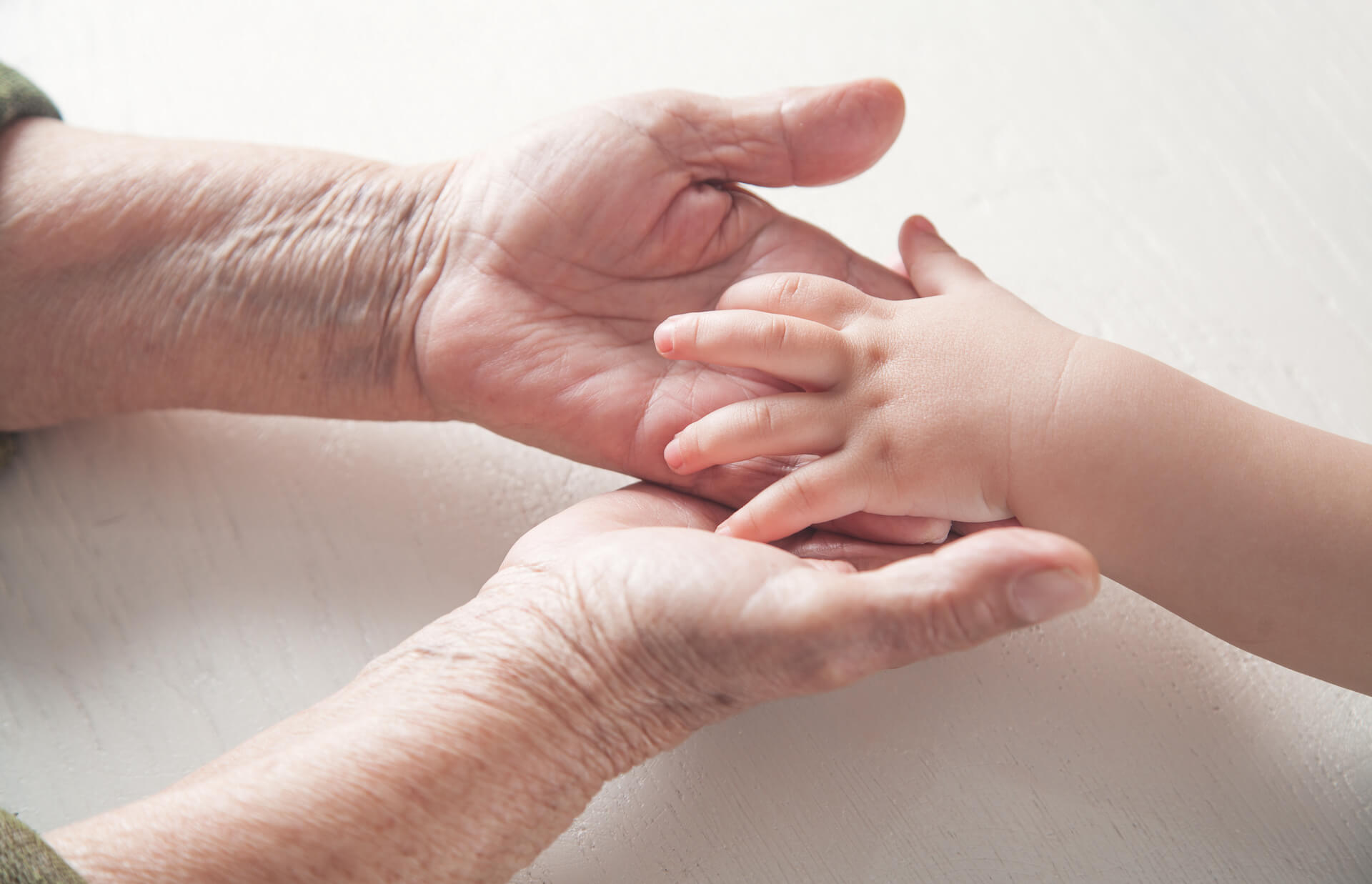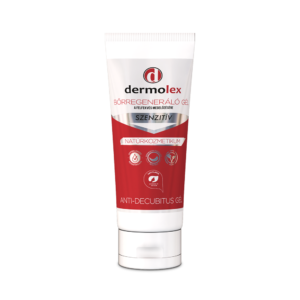Skin aging is a normal process that has both internal and external factors. Know the causes, prevent premature skin aging, and use skin care products as treatments.
How does your skin change with aging?
Your skin is a living organ: cells, tissues, fat, blood vessels, muscles, and hair can be found in the different layers of the skin. As you become older, your skin demands different nutrients and treatment.
Baby skin
A baby’s skin can be 30% thinner than an adult’s skin. Therefore, maintaining and keeping body temperature is harder for babies. A thinner skin leads to other risks too:
- It’s less resistant
- Can be dry, because a baby isn’t sweating as much as an adult
- Sensitive to UV rays
- And sensitive to other external factors like chemicals and physical damage (bruises)
Suggestions:
- Control the temperature of the environment
- Use creams to form a hydrolipid film to protect the skin
- Protect babies from direct sunlight and UV rays
Children & teenage years
Children’s skin is thinner than an adult’s. It’s more sensitive to UV rays and physical damage, but by the age of 12, the structure and function become almost the same as adult skin.
During the teenage years, the skin will likely be oily and acne-prone. Acne is common among teenagers and has its effect on the face, the upper part of the chest, and the back. Pimples occur when too much oil is produced by your follicles and dead skin cells accumulate in your pores.
However, young skin is strong and flexible and it heals quickly.
Suggestions:
- Protect children from direct sunlight
- As a teenager, clean your skin daily to remove oil and dirt
- Don’t touch your face
- Don’t squeeze your pimples
From your 30s to 50s
As the skin becomes more mature, pimples (both blackheads and whiteheads) are likely to disappear, but the first signs of aging may appear as fine lines. The skin also starts to become drier: moisture and elasticity reduce while wrinkles form. The skin loses elasticity because the amount of collagen decreases every year.
During the late fifties our body slows down: fewer cells and tissues are formed, which leads to a decrease in flexibility overall and an increase in healing time when damage occurs. Your skin is becoming thinner again. This is the time when you begin to develop deeper wrinkles.
Suggestions:
- Protect your skin from unnecessary stress or strain
- Reduce dryness with creams and vitamins
- Wear sun-protective clothing
- Eat fruits and vegetables daily
- Stop smoking
The skin above age 60
Your skin is likely to become dry and slack. While this transformation seems to be inevitable, you can still improve your skin’s condition. With the loss of elastic tissue, your skin can hang loosely. Not just the epidermis, but the dermis flattens too, which makes your skin more fragile. Blood vessel walls also become thinner, which is why the skin becomes easily bruised.
Suggestions:
- Use a humidifier if the air is too dry
- Protect your skin from the sun
- Wear gloves if you are doing housework and use chemicals
- Have your dermatologist perform regular skin exams
- Examine your skin for signs of skin cancer
- Bathe, but don’t use soaps that dry your skin
- Use gels, creams, and ointments to moisturize and protect your skin
Visible signs of aging skin
Based on your age and habits, your skin can become:
- Slack
- Dry and itchy
- Transparent (because it becomes so thin)
- Fragile
- Easily bruised
Your skin can also develop non-cancerous tumors.
Main reasons for skin aging
Photoaging is one of the biggest factors responsible for the aging of the skin. The sun’s (and solariums) UV lights damage elastin fibers, which causes the skin to stretch and lose its flexibility.
Facial movements are also tiring for the skin. That’s why lines develop on the forehead and in the space between the eyes, the upper cheeks, and around the mouth.
Air pollution and dry air also make your skin dirtier and drier.
Smoking also causes wrinkles because it affects the blood circulation and the nutrition of your skin. Other lifestyle factors are alcohol, stress, and unhealthy eating.
Obesity leads to skin stretching and decreases the strength of it because of the extra weight. Skin folds on the body rub against each other, causing infections and skin irritation.
Maybe you wouldn’t think of it, but gravity is one of the main factors of skin aging as well. It also causes the loss of elasticity, the drooping of the eyebrows, eyelids, and cheeks.
Anti-aging skincare: prevention and treatment
In summary, we will remind you how to treat your skin to prevent it from aging:
- Use a sunscreen with SPF30 or higher.
- Quit your unhealthy habits: smoking, alcohol, lack of skincare, unhealthy nutrition
- Hydrate: Drink a lot of water
- Use an air humidifier
- Avoid contact with chemical peels (for example: dishwashing liquid)
- Use gels, creams, and/or ointments for skincare. Maintain a skincare routine!
Dermolex gel is a treatment for people with decubitus
Dermolex gel was developed to provide effective care for bedridden patients. Using dermolex is highly recommended for people above the age of 50, not just in the case of decubitus, but as a regular treatment to heal the skin.


